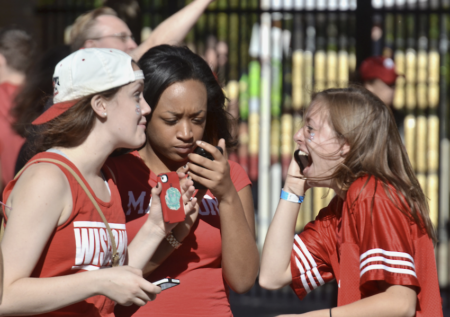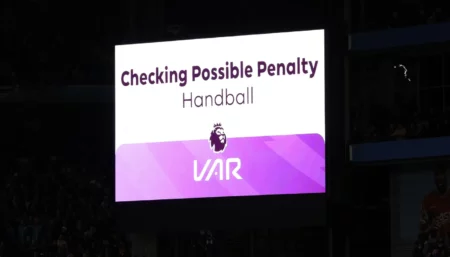Visitors to the Verizon Center in Washington DC are enjoying recent upgrades to the arena’s visual experience, including a cutting-edge, high-resolution LED digital video wall as they walk through the arena’s main concourse at F Street.
The digital video wall, manufactured and installed by Sansi North America (SNA), features the highest-density LED configuration for a sports venue in the United States.
Verizon Center is a 20,000-seat sports and entertainment venue owned and operated by Monumental Sports & Entertainment (MSE) in downtown Washington, DC. The arena is home to three professional sports teams, also owned by MSE: the NBA’s Washington Wizards; the NHL’s Washington Capitals; and WNBA’s Washington Mystics.
On average the arena hosts 220 events per year inclusive of games, concerts, family shows and world-class sporting events, as well as home games for the Georgetown Hoyas men’s basketball team.
“About 60% of visitors for events come in through our main entrance,” says David Touhey, MSE senior vice president and general manager of Verizon Center. “We wanted something to engage visitors and improve the overall fan experience. The video wall provides for a variety of content, including live in-game video feeds, partner and social media content and wayfinding.”
The interior LED video wall features a 1.25mm pixel pitch, meaning the distance from the center of one pixel to the center of an adjacent pixel is only 1/20 of an inch, just less than the thickness of a dime. It is the only 1.25mm LED display in a US sports venue.
The digital video wall is approximately 7ft 10in high by 21ft 1in wide, and 1,440 by 4,800 pixels. Despite being only 165ft², the Verizon Center digital video wall is comprised of 6,912,000 pixels because of the high pixel density. Furthermore, there are three diodes packaged into each pixel using surface-mount device (SMD) technology, meaning the video wall is comprised of more than 62,000,000 diodes.
The digital wall is part of a broader upgrade of display assets throughout the arena, including courtside displays and other elements within the interior bowl. MSE engaged project consultants Sensory Interactive to oversee the design, technology selection, bidding, and project management of the arena-wide enhancements and to integrate them with the existing comprehensive content management system.
Following a thorough review of multiple vendors, Sensory Interactive selected SNA for the concourse installation based on its ability to adapt to the project requirements and deliver a display with the resolution and build quality demanded by the high-visibility, high-traffic location.
“Installing one of the tightest-pitch permanent displays in the country created some unique challenges,” said Carl Hubben, SNA project manager for the video wall installation. “Eliminating seams on such a tight product takes a great deal of attention to detail in the design stage for the display’s structure and subframe. We relied heavily on the skill of our project team during the installation process.”
Because of the tight pixels, which blend to the viewer even at close proximity, the display looks like an LCD display. However, because of the LED technology, the viewing angles and brightness are much more enhanced when compared with other video technologies.
“Even at three feet away, it’s very difficult to distinguish individual pixels,” said Hubben.
The display has a higher NIT rating (brightness) on its off-axis angles, which is indicative of its excellent viewing angles. The LED video wall has a viewing cone of approximately 179°.
“The clarity and viewing angles are great,” said Touhey. “People just love it. Some will just stand there and stare at it for a while.”
SNA custom designed and fabricated the concourse video wall’s enclosure and access doors.
Additionally, SNA manufactured and installed nine exterior out-of-home digital boards at Verizon Center in 2013.
February 5, 2016





